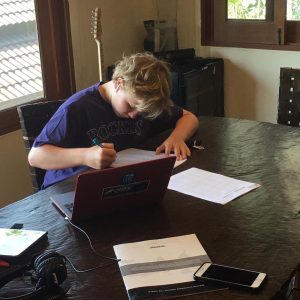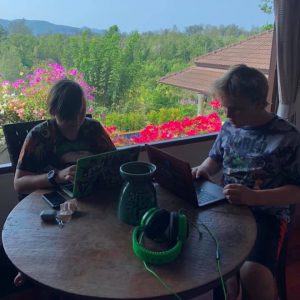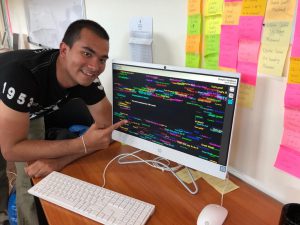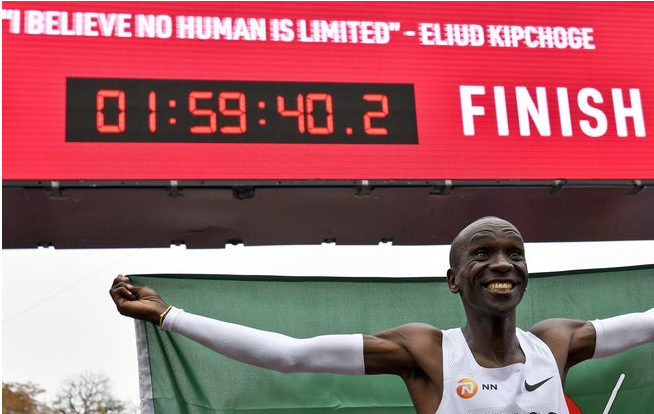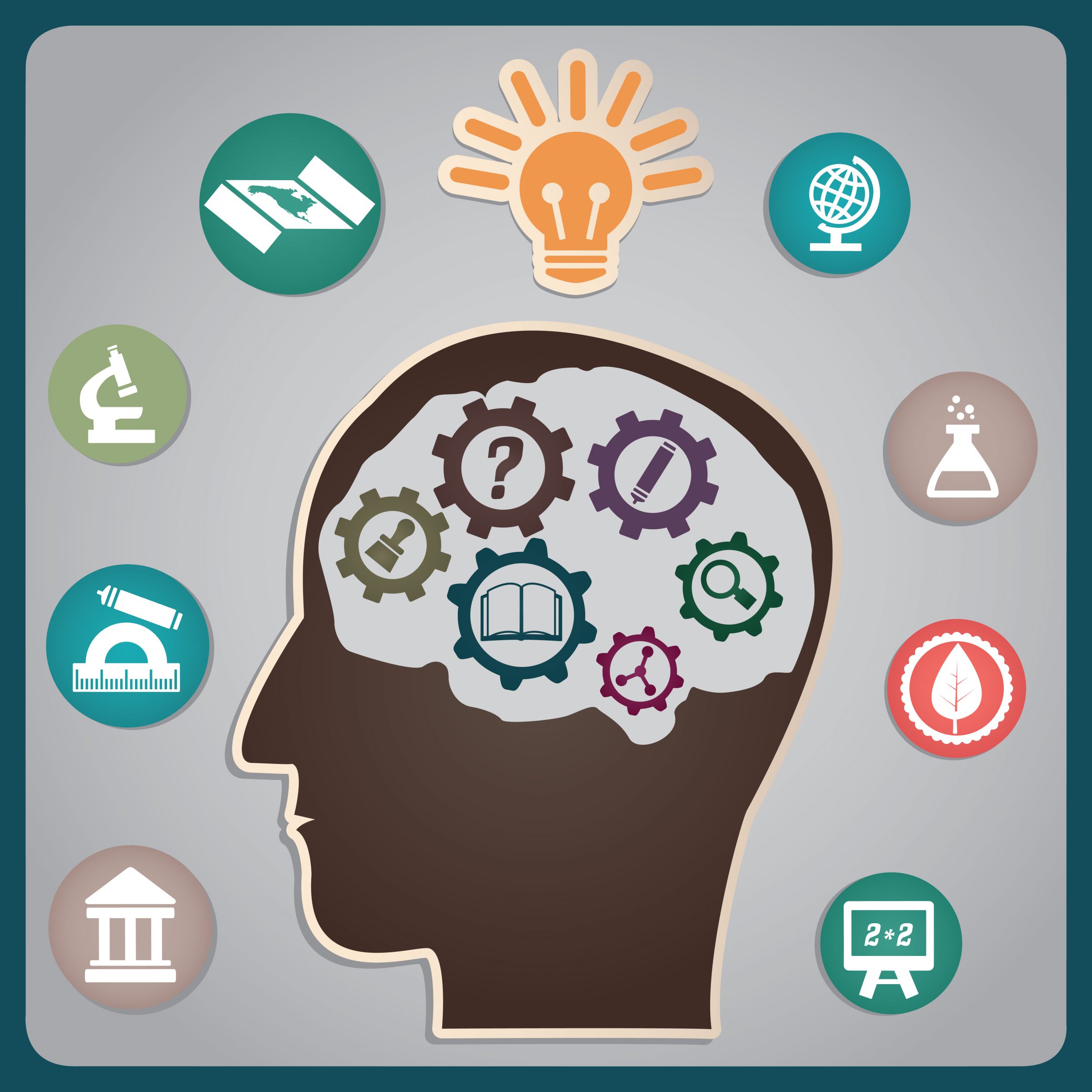On the last day of his 2019 Brain Training Summer Camp, Eddie, age 9, woke up and declared to his mother, Michele, that he was going to master the next level of the Symbol Relations exercise. Michele was encouraging but cautious. She’d watched her son make big gains over the last six weeks, but she could see her son was tired, and she worried this goal might be out of his reach. She didn’t want him to be disappointed. “I said, ‘Well mate, that’s a great thing to work for. I’m really proud of you but it’s our last day.” But Eddie set off for camp determined, focused, and confident, a marked difference from pre-Arrowsmith Eddie.
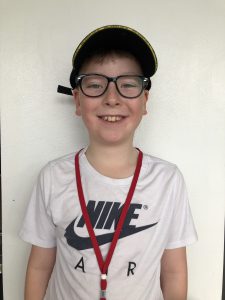
He was 4 and a half and heading into kindergarten when Michele noticed that he struggled to pick up simple concepts like the alphabet. In contrast, his younger brother by two years was learning at the same rate. To help Eddie cope with school, Michele started doing lots of phonics and extra learning exercises. That worked for a while but by the time Eddie was 6 and in reception she started to think, “Yikes, we’re working really really hard and it’s coming so much easier to the other children. We’re just putting in so much effort.” Michele talked to Eddie’s teacher and decided to get him assessed. Eddie’s parents are lamb farmers in rural Australia, so they traveled three and a half hours into the nearest big city to see an educational psychologist who told them Eddie was showing early signs of dyslexia.

His school was supportive but they couldn’t offer a lot of extra resources, so Michele and her husband worked really hard to learn how to help their son. “We spent the next two years doing so much extra tuition at home and at school. We would go over his maths in the morning just to give him a head’s up as to what he would be doing. He might have 10 spelling words to do and he’d get really upset about them so I’d always ask the teacher for them on Friday night so we could have the weekend to get a few more practices in. It wouldn’t really make any difference but you feel like you’re doing something. We were doing so much just to get through the regular day of school… just to get him to stay there. He was just scraping by… not even really scraping by. If we didn’t do it, we just knew the situation would be much, much worse.”
By Year 2, it got worse. As school expectations increased, Eddie’s response was to zone out and stare off into space. “He just found school very very overwhelming. I think he probably found life overwhelming full stop,” remembers Michele. “We were thinking, crikey, we don’t have any more cards up our sleeves. We couldn’t think of what else we could be doing to change this scenario. My husband would say to me – you know he goes to school until he’s 18, you’re going to have to keep this up for a while. This is going to be a tough road. We’re only still grasping those basics and life gets harder…” Michele started to wonder if they just had to accept Eddie’s limitations, but she kept hoping some answer would turn up. Cue Arrowsmith.
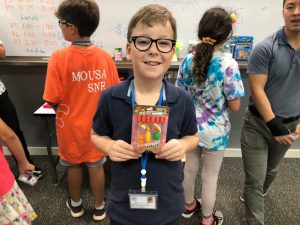
Eddie’s father heard about the Arrowsmith Program on a podcast. He and Michele were intrigued but didn’t know how they’d manage to access the program in rural Australia, let alone fly to Canada for six weeks. They got in touch with the Toronto school and eventually learned about the Motor Symbol Sequencing Remote Program, which was introduced in 2017. They didn’t hesitate. “Sign us up! We want a piece of this!” recalls Michele, laughing. Arrowsmith sent over the material and Eddie started one hour of work a day, six days a week with a teacher in Canada. It was hard going but they started seeing changes early on.
Reading was one of the first big improvements. “He would even struggle to use his own finger to go across the page so I would use my finger to help him track,” says Michele. “But after a few months, he said, ‘Mum, I don’t need your finger!’ And he just started reading with no finger or anything and he hasn’t used any prompts to read ever since. He can just read a book perfectly. It is amazing!”
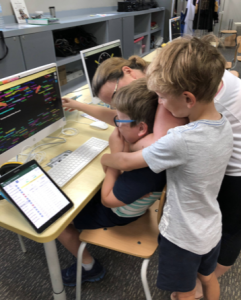
It’s taken longer to see changes in Eddie’s writing, which was illegible to everyone, including Eddie. “He’d write in one continuous stream as the ideas came into his head,” said Michele. “He’d get halfway on one word and start writing the next word so there was no possible way anybody could make sense.” Michele is noticeably relieved when she explains that now, “While it’s not textbook perfect, it’s now clear, the right size, and it just looks like writing! We can all read it!” Eddie’s also remembering spelling words and spelling rules. He doesn’t fight homework anymore. “What parent doesn’t love that?” she exclaims.
While the whole family was excited about these changes, they were also aware that Motor Symbol Sequencing was only one of the many Arrowsmith exercises that could help Eddie. They had been looking at finding a way to go to Canada for the intensive program when they heard about the opening of the Phuket Campus in Thailand, much closer to home. Once again, Eddie’s parents didn’t hesitate; they signed him up for the 2019 Brain Training Summer Camp, which focused on Symbol Relations, and planned a family vacation. Eddie was excited but nervous. From doing the remote program, he knew it was going to be hard work. Students are in the class six hours a day, five days a week.
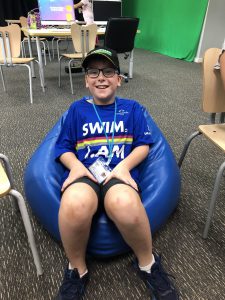
The instructors told Michele she would probably see changes in Eddie halfway through the program. “They were right,” says Michele, with a smile on her face. She recounts how Eddie’s reading transformed. “Before, Ed would just read, he wouldn’t really enjoy the story that much.” During the camp, that shifted dramatically. “He’d start giggling through the page, and he’d go, ‘Mum, stop I just want to tell you about this part of the story’ and there’d be a funny joke or there would be something amusing and he’d want to share it with us. To hear my child really comprehending and enjoying the reading process was really really special. And then the last three weeks he just read a book nearly every night.”

Michele also noticed Eddie having much more mature conversations with the family, and navigating complex restaurant menus that would have stumped him before. One night at a restaurant, they saw another camp student and his mom. “Normally, I would talk to his friends for him and he would just stand there beside me. I would have to say, Eddie, there’s so and so, make sure you look them in the eye, say hello, maybe you could ask them about so and so…” This time, without prompting, Eddie stopped and said, “Hey, your spaghetti looks really nice. Have a nice evening tonight.” As they walked out of the restaurant, Eddie looked at Michele and said, “MOM, that’s clocks!” Michele was floored. “He was totally aware that he had a whole new ability to relate to somebody. He would have never done that before. That was just amazing. And if you want nothing else for your children, the ability to be able to communicate and have relationships – that’s the only thing that matters.”
But on his last day of camp, all that mattered for Eddie was mastering another level of Symbol Relations. After Michele said goodbye for the morning he went into overdrive. With literally minutes left to spare, he completed 5 sets of his work within mastery criteria and shot up out of his chair, arms raised in joy. As he lined up to leave the classroom for lunch, Eddie was so excited he was shaking. When Michele and his brother came into view, Eddie ran towards them, shouting out that he had mastered. They met in a teary, happy group hug. “That just shows, not only does this change areas of their brain, but it teaches them so many skills – persistence, determination – that are so important for everybody. That feeling of empowerment and achievement was nearly as good as the brain training.”
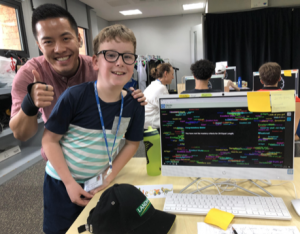
Reflecting back, Michele sees another benefit to her Confident Brains Arrowsmith experience. “When you have a child that has a difficulty, you’re so used to advocating for and explaining your child all the time. And that was just the most amazing thing about Robert and LJ and Matt and the staff – I didn’t have to feel like I had to do anything. It was just the most fabulous school experience and clearly, Eddie picked up on that as well. Everything couldn’t have been any more different from home and yet we felt so happy, confident, reassured. You could see all the kids felt that too. They felt supported. They were all doing something new and different. They all had a chance to start fresh in a supportive environment and that was incredible.”
Eddie went back to Australia with the confidence of a superhero and is continuing with the remote program. Michele says the changes just keep on coming. She and her husband end most days sharing a story about something Eddie did that he wouldn’t have done before; how he spoke to someone or how he understood a joke or really concentrated while doing something. Michele tears up when she explains, “They might look like subtle changes but they’re actually enormous changes. I think all parents look forward and think – how is your child going to be when they’re an adult? Will they have respectful relationships? Will they be able to find a partner and have good friends? Raise their own children and hold down a job that they love? And I really had those doubts about Ed. I really was worried that wouldn’t be possible for him. It [Arrowsmith] has totally changed Eddie’s life. I no longer sit at home and think any of these things. I can just see that his life is on a totally different path to what it was. It’s phenomenal.”
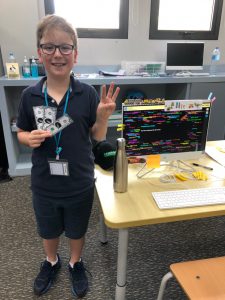 Michele is often contacted by other parents who are considering Arrowsmith. Her advice: “The first thing to do is to educate yourself and understand neuroplasticity and the science behind it. When you get a good grasp of that, and you do believe in that science, then you have a clearer pathway forward.” But Michele is also frank about the reality of learning disabilities. “Your child has a disability that they can’t grow out of, they can’t change, unless you want to do something about it. Anything that gives me a direction forward, that gives me an opportunity, where the science sounds plausible, that makes common sense to me, that has many reputable different people supporting these views – why wouldn’t you give it a go?”
Michele is often contacted by other parents who are considering Arrowsmith. Her advice: “The first thing to do is to educate yourself and understand neuroplasticity and the science behind it. When you get a good grasp of that, and you do believe in that science, then you have a clearer pathway forward.” But Michele is also frank about the reality of learning disabilities. “Your child has a disability that they can’t grow out of, they can’t change, unless you want to do something about it. Anything that gives me a direction forward, that gives me an opportunity, where the science sounds plausible, that makes common sense to me, that has many reputable different people supporting these views – why wouldn’t you give it a go?”
Michele and Eddie were very much looking forward to returning to Phuket for camp this summer, but with those plans derailed by the coronavirus pandemic, Eddie will be joining the new At-Home Cognitive Intensive Program online. According to Michele, Eddie would prefer to do the program in person but he is “excited to catch up with his Thailand teachers, which is a beautiful complement to the teaching staff and Confident Brains.”

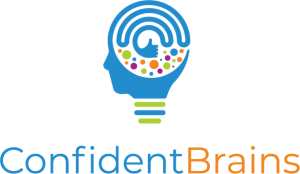

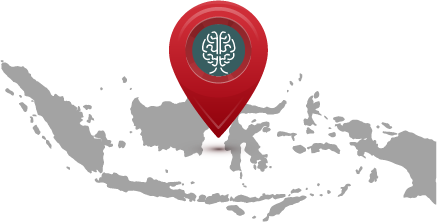

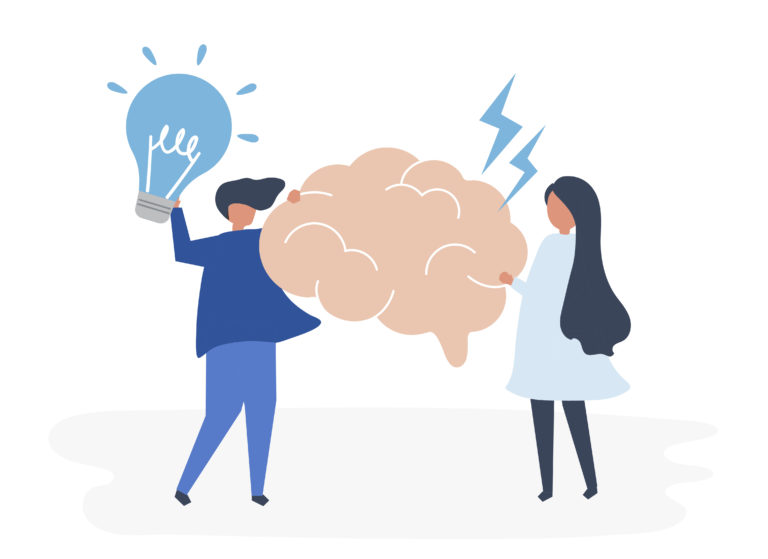
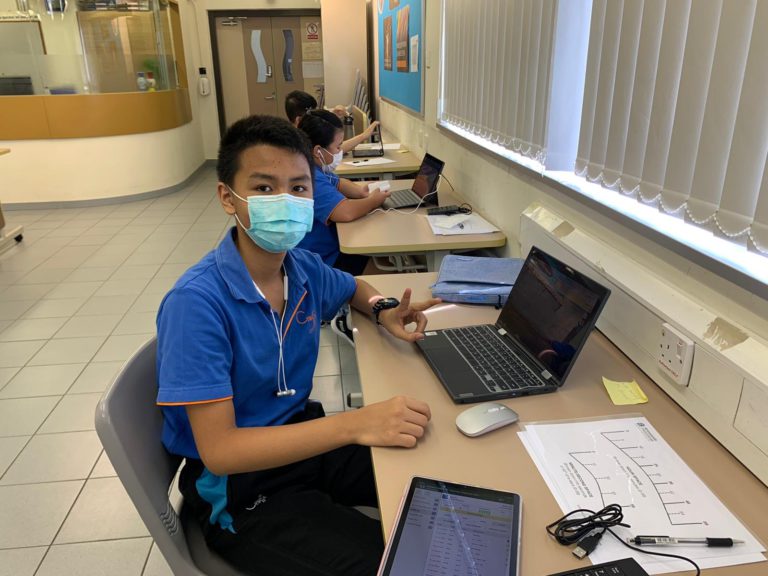
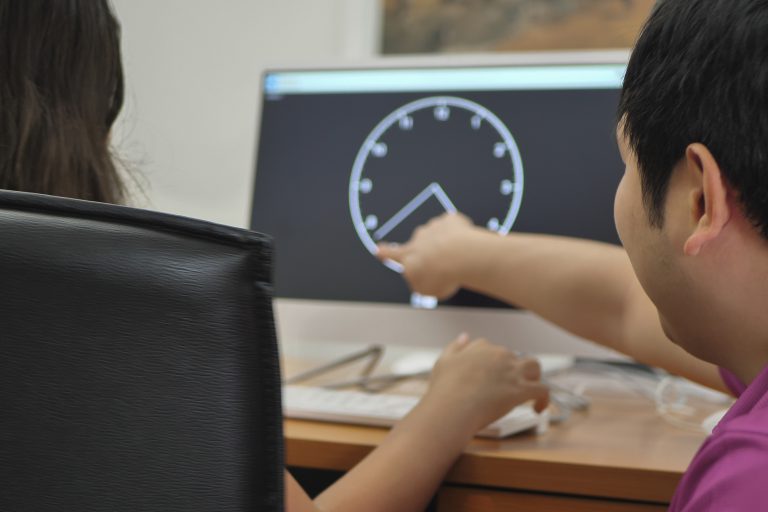









 Michele is often contacted by other parents who are considering Arrowsmith. Her advice: “The first thing to do is to educate yourself and understand neuroplasticity and the science behind it. When you get a good grasp of that, and you do believe in that science, then you have a clearer pathway forward.” But Michele is also frank about the reality of learning disabilities. “Your child has a disability that they can’t grow out of, they can’t change, unless you want to do something about it. Anything that gives me a direction forward, that gives me an opportunity, where the science sounds plausible, that makes common sense to me, that has many reputable different people supporting these views – why wouldn’t you give it a go?
Michele is often contacted by other parents who are considering Arrowsmith. Her advice: “The first thing to do is to educate yourself and understand neuroplasticity and the science behind it. When you get a good grasp of that, and you do believe in that science, then you have a clearer pathway forward.” But Michele is also frank about the reality of learning disabilities. “Your child has a disability that they can’t grow out of, they can’t change, unless you want to do something about it. Anything that gives me a direction forward, that gives me an opportunity, where the science sounds plausible, that makes common sense to me, that has many reputable different people supporting these views – why wouldn’t you give it a go?


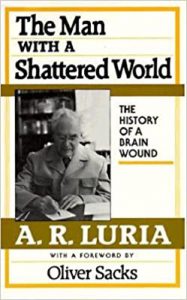
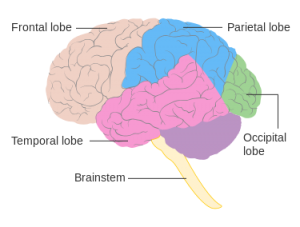
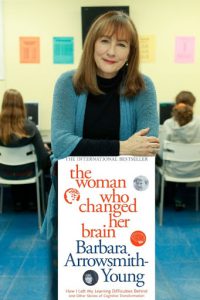
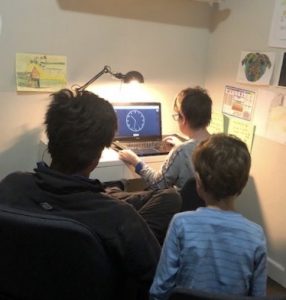


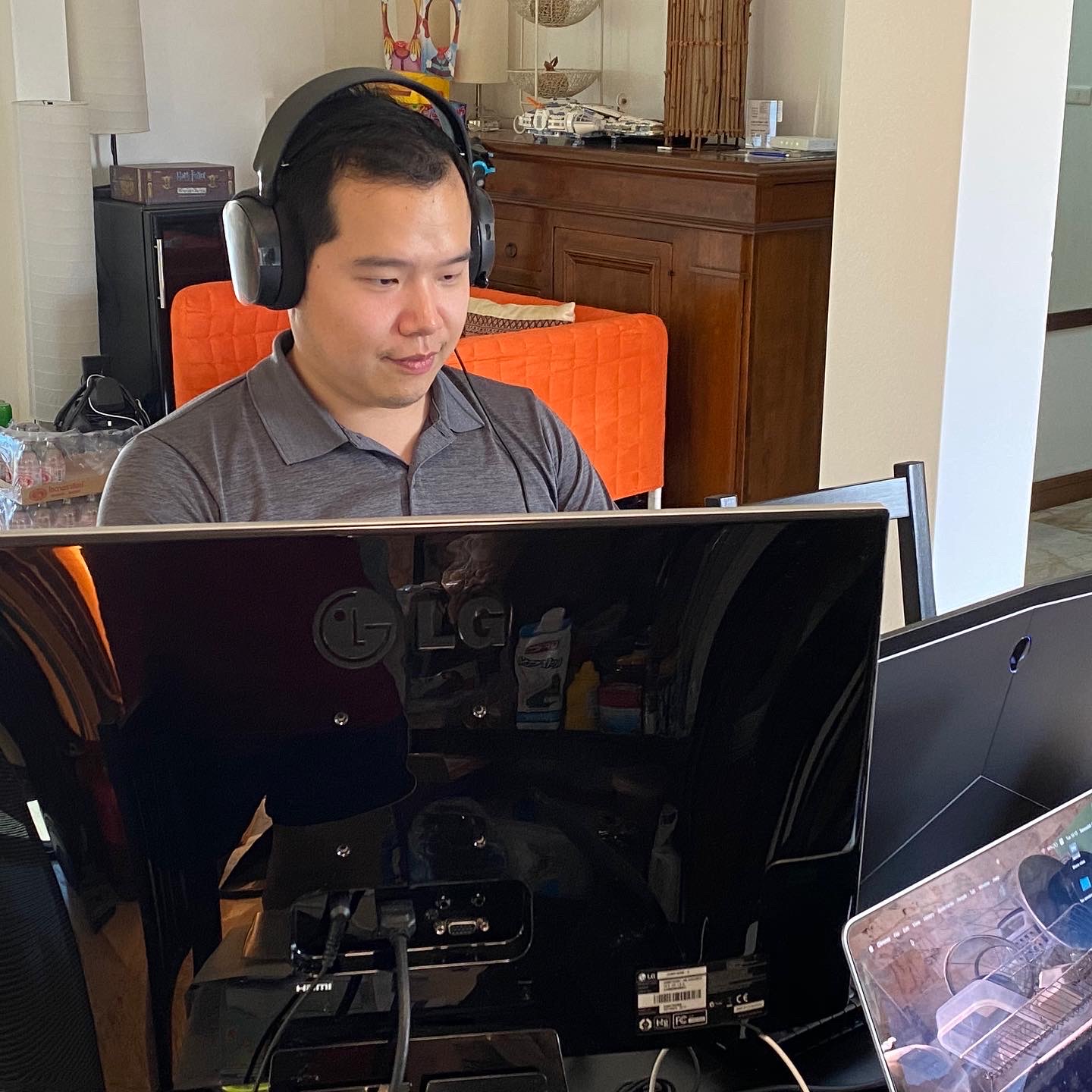

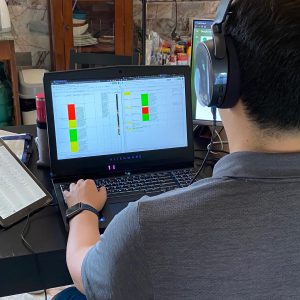 For the students in quarantine, it’s taking more discipline and commitment to overcome the distractions of home and workspaces with stunning views! Bravo to their parents who were supervising and trying to manage their own work as well.
For the students in quarantine, it’s taking more discipline and commitment to overcome the distractions of home and workspaces with stunning views! Bravo to their parents who were supervising and trying to manage their own work as well.